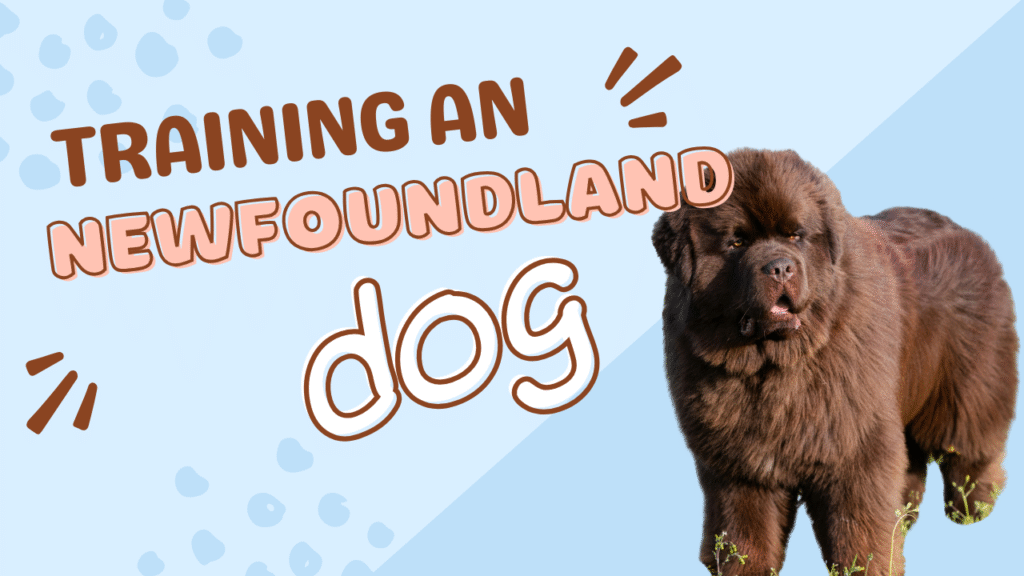
Introduction
The Newfoundland dog breed is a gentle giant. With its thick, shiny coat, size, and calm demeanor, this dog is loved by people everywhere. This Newfie dog breed guide will tell you everything you need to know about Newfoundlands. You will learn about the Newfie’s history, characteristics, care, and why this breed is so wonderful as a family dog. We kept the language simple, clear, and easy to read. Let’s get started!
History and Origin
The Newfoundland is a breed bred from the frigid coastline of Newfoundland, Canada. Fishermen needed a big, strong dog that loved water to help pull the nets and save people from icy waters. After a period of time, this dog had helped become well known across all of the world for loyalty and bravery.
These dogs were used to helping sailors transport heavy equipment and males for rescues. In the 1700’s, explorers brought the breed to Europe, and the breed crawled into the hearts of royalty and to be depicted in paintings and stories across the continent. By the 19th century, Newfoundland was symbols of strength and compassion across the globe.
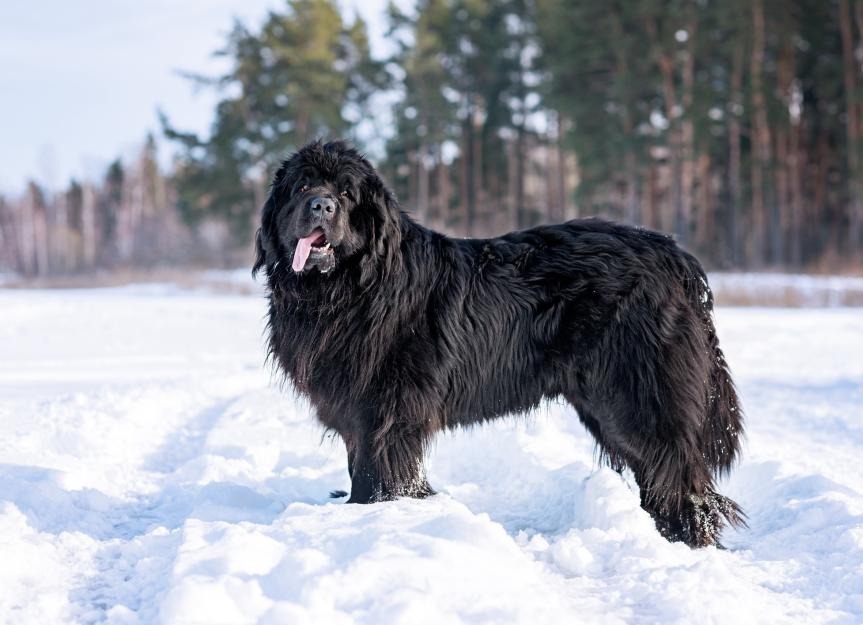
Physical Traits
Newfoundlands are a large breed of dog. Males average a weight of 130 to 150 pounds. Females average from 100 to 120 pounds. At the shoulder, their height is 26 – 28 inches. Newfoundlands have a thick double coat that keeps them warm in cold water. Their fur feels soft and appears resistant to water.
Common colors are solid black, brown, gray and Landseer (white with black markings). They have a broad head and expressionful eyes that make them appear friendly and gentle. They swim well, given their webbed feet and strong structure. Given its structure, the Newfoundland dog breed is well-suited to be a water rescue dog.
Temperament and Personality
Newfoundlands possess a demeanor that is most often calm and patient. There are very good reasons that they are referred to as “gentle giants.” They stay relaxed around children and small animals. Newfoundlands are fiercely loyal to their families and often become very attached to them. The Newfoundlands rarely bark unless they are giving you a warning. They will greet visitors with a wagging tail and a silly face.
Newfoundlands are very intelligent and are happy to please people, but they are not pushy and demanding for your attention, nor do they impose demands on your time. So, the combination of being relaxed and friendly helps to make Newfoundlands the best match for families with children, older folks, and dog owners new to the experience.
Exercise and Training Needs
Newfoundlands, although quite large dogs, do not require hours of exercise each day. A light 30 to 60 minute walk every day is all that is required to keep them healthy. They enjoy swimming and playing fetch by water and will look after their swimming instincts. Short sessions of play in a fenced yard works well too. Training a Newfoundland dog breed is an easy job! Employ positive reinforcement training using gentle commands. This breed responds best to treats, praise and pleasure. Training should begin early in order to teach them basic commands.
Teaching basic commands, “sit,” “stay” and “come,” is a simple task to accomplish and a great place to start. Early socialization to other dogs and people will assist very well in their development into adult dogs with manners. Patience and consistency in training will not only aid your Newfoundland’s training process but will also make it fun and rewarding experience.
Grooming and Care
The Newfoundland dog fiber has a very thick double coat. You should brush it two to three times a week. This will keep it from matting and it will also help reduce the fur that gets shed around your home. During the spring and fall, you may need to brush your dog more often during full sheds, especially each each day, to help firms fall out of their coat.
Ideally, they should be bathed once a month or whenever they get dirty keeping their coat in good shape. Make sure you keep an eye on their ears and check them weekly to clean any crud or wax build-up to help them from getting infections. Nails should get trimmed every two to three weeks.
Teeth should be brushed several times a week and this will help maintain good oral health. In a ideal grooming session, your get to know your dog better you can also the dog see the dog groomer so it’s helpful to check for any skin issues and lumps earlier. By following the grooming schedule you will have a proper care to help maintain your dogs health and comfort.
Health and Lifespan
Like most breeds dog breeds, the Newfoundland dog breed is subject to risk factors affecting health. Large breeds are prone to Hip and elbow dysplasia which ,if diagnosed early is likely treatable by a veterinarian .
You should observe your Newfoundland at regular vet checkups for this reason or any joint issue that may developed Mental health is just as important for your Newfoundland , so be sure to ask your breeder for the health clearances the heart and joint evaluations.
Another possible issue is heart issues, like the subvalvular aortic stenosis (SAS) some Newfoundlands can develop. Additional health or eye issues ,like cataracts are also possible in Newfoundlands. Feeding your Newfoundland quality food and keeping his weight healthy , will help lessen the stress on his joints.
The average life expectancy for a Newfoundland dog is between 8 and 10 years, but many can live beyond this age range with quality proper care and live a long ,happy active life.
Suitability and Families
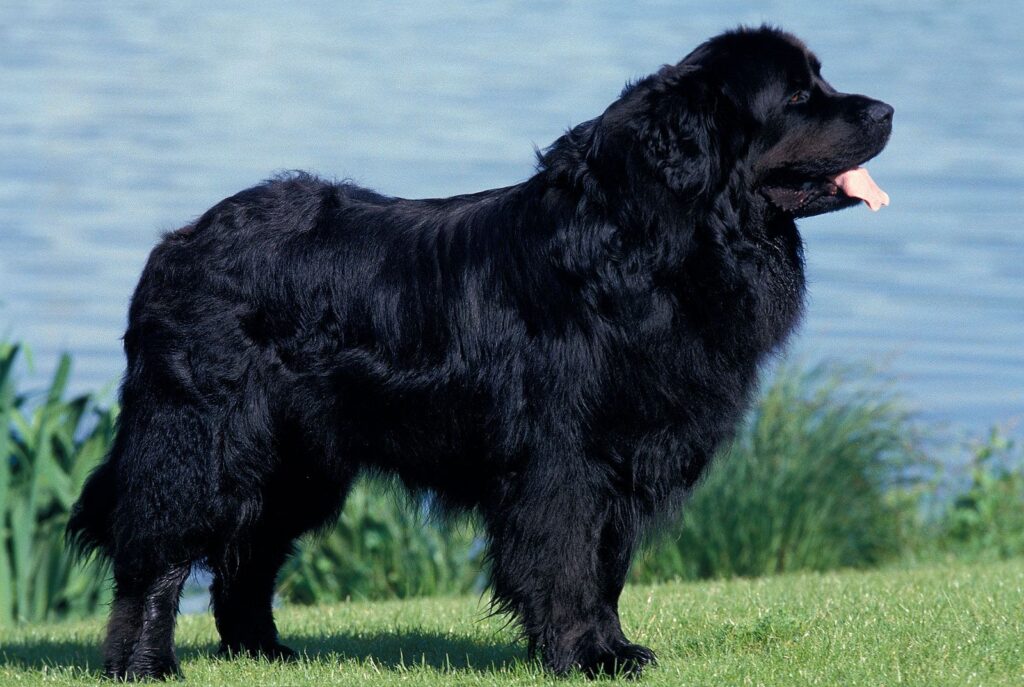
Newfoundland dogs like a home with room to roam. A fenced yard is perfect for some slow play and exploration. These dogs are adaptable to apartment life if their owner can guarantee daily walks and playtime. Families with young children appreciate these dogs for their patience and protection.
They will supervise children with only mild scruffiness. Moderate exercise requirements suit less active lifestyles. Grooming and vet bills must be handled by owners. If you enjoy a gentle, loyal companion that has grooming, vet bills, and exercise needs, the Newfoundland Dog Breed may provide you with many years of love.
Why Choose the Newfoundland Dog Breed?
- Gentle Nature: These dogs form strong bonds and protect their families with calm confidence.
- Water Lover: If you like beach days or pool time, Newfoundlands make perfect swim buddies.
- Family-Oriented: They adapt to homes with children, pets, and elders alike.
- Intelligent and Trainable: Their eagerness to please makes basic training a breeze.
- Unique Appearance: Their glossy coat and majestic size turn heads wherever you go.
Tips for Prospective Owners
- Visit a Reputable Breeder: Ensure parents have health clearances.
- Plan for Grooming: Invest in proper brushes and a grooming schedule.
- Schedule Vet Visits: Regular checkups catch issues early.
- Socialize Early: Introduce your puppy to people, pets, and new environments.
- Secure Your Yard: Their size and strength demand sturdy fences.
Conclusion
The Newfoundland dog breed is a truly unique combination of both size and strength and gentle companionship. Their long history as working dogs and able water rescuers is evident from their calm and loyal demeanor. With some care, training and a bit of love, this gentle giant can easily become a loving family member. If you’re looking for a patient, protective and intelligent dog, the Newfoundland dog breed can enhance your life in numerous ways. Ready to make this gentile giant your own? First, get to know this remarkable breed and find a reliable breeder close to you!
Reference : Wikipedia
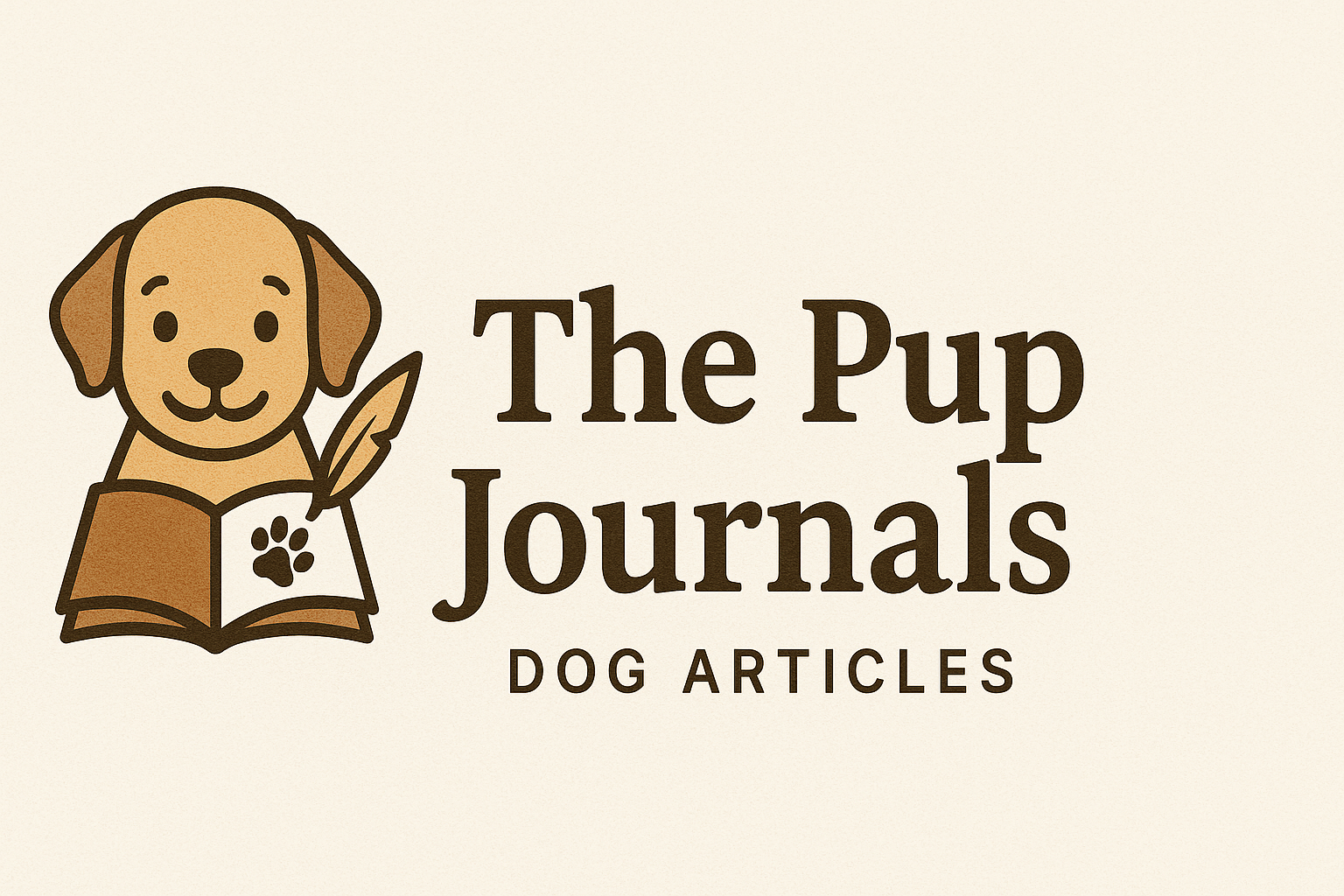
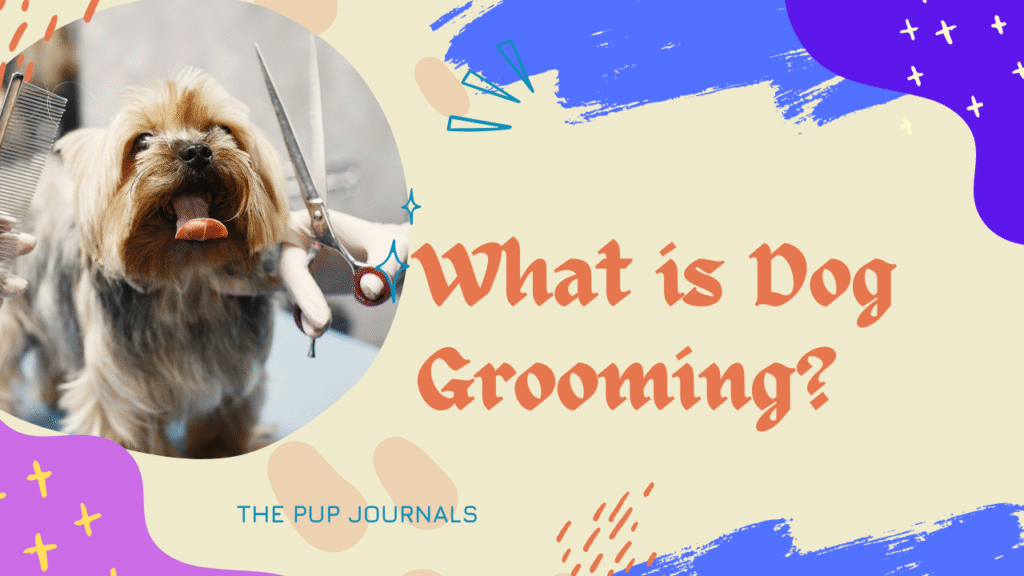

4 Responses